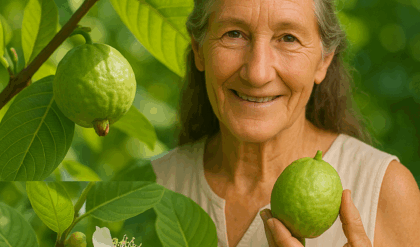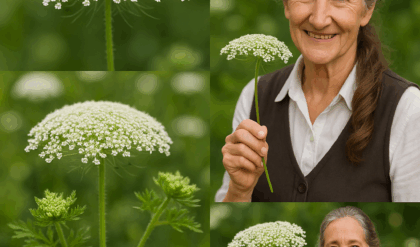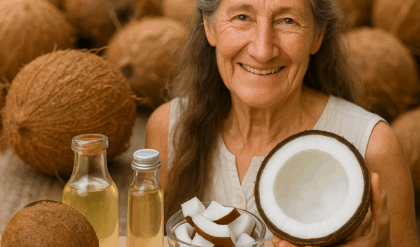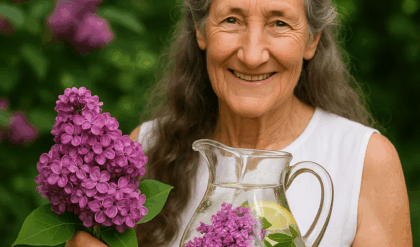At first glance, grape hyacinths may seem like just another spring flower—small, vibrant, and lovely to behold. But beyond their ornamental charm, these petite powerhouses offer hidden benefits for the environment, home gardening, and even traditional wellness. If you’re looking for a resilient plant that gives back in multiple ways, Muscari deserves a prominent place in your garden or indoor space.
Here’s why these tiny blooms hold big value, and how they can quietly transform your space and support your well-being.
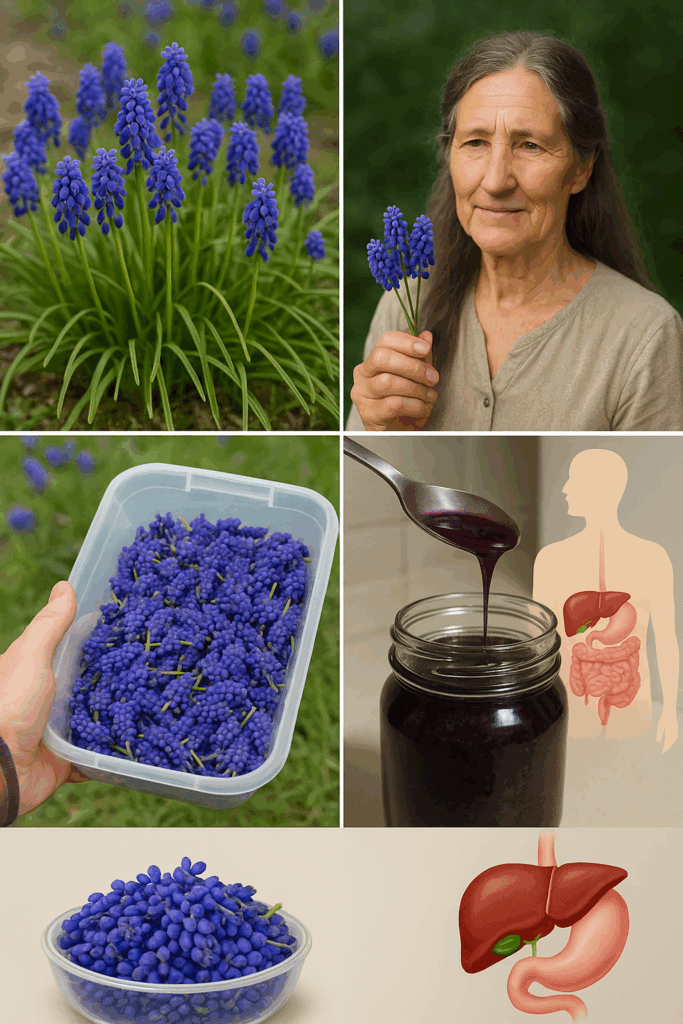
🌿 1. One of the Earliest Lifelines for Pollinators
Grape hyacinths are among the first flowers to bloom in early spring, making them critical for hungry bees, butterflies, and beneficial insects emerging from winter. When little else is available, these flowers offer vital nectar and pollen, helping sustain pollinator populations that are essential for food crops and healthy ecosystems.
Planting Muscari is more than an aesthetic choice — it’s a direct act of environmental support.
🌸 2. Low-Maintenance Beauty That Keeps on Giving
If you’re a busy or beginner gardener, grape hyacinths are a dream:
• Drought-tolerant once established
• Deer and pest-resistant
• Adaptable to varied soil conditions
• Multiply naturally, filling beds year after year without extra effort
These qualities make them perfect for carefree landscaping, providing vibrant purple-blue carpets that return stronger each spring with minimal input.

🧪 3. Antioxidant Potential in Traditional Medicine
Although not commonly consumed today, some Mediterranean folk remedies have long valued Muscari species for their cleansing and soothing properties. Emerging research suggests that grape hyacinths may contain natural antioxidants, which can help combat oxidative stress when used in safe, controlled ways.
However, grape hyacinths are not widely recognized as edible in modern herbal medicine, so consult a plant specialist before using them therapeutically.
🕊️ 4. Deep Symbolism in Floral Traditions
Grape hyacinths have long carried spiritual and emotional meaning. In flower symbolism, they represent:
• Rebirth – their early spring bloom signifies nature’s awakening
• Trust and Constancy – reflecting resilience and reliability
• Hope and Renewal – popular in gardens meant for meditation or healing
Because of this, they’re frequently used in weddings, spring festivals, and memorial arrangements, offering not just beauty but emotional resonance.
🌱 5. Natural Weed Control Through Companion Planting
Grape hyacinths don’t just coexist with tulips, daffodils, and perennials — they enhance them. Their dense clusters:
• Fill gaps between larger blooms
• Suppress early-season weed growth
• Add vibrant contrast with their rich purple hues
Use them in border gardens, rock beds, or under deciduous trees for an effortless multi-season display.
🏡 6. Bring Spring Indoors with Easy Bulb Forcing
Even when winter lingers, grape hyacinths can deliver a breath of fresh air indoors. Forcing bulbs is simple:
- Chill bulbs in the fridge for 10–12 weeks
- Plant in pots with good drainage
- Place in a sunny indoor spot and enjoy their blooms in late winter
This technique brings seasonal cheer and a splash of natural color just when you need it most.
🌬️ 7. Modest Indoor Air Benefits
Like most green plants, Muscari contributes to air purification when grown indoors. While not as potent as larger houseplants, they still release oxygen and may help slightly filter common airborne toxins.
The added benefit? Their petite stature and aesthetic charm make them perfect for windowsills, desks, or entryways, where many air-purifying plants might be too bulky.
💐 How to Use Grape Hyacinth to Its Full Potential
Whether you’re a home gardener, floral enthusiast, or eco-conscious homeowner, here are some simple ways to harness the full value of this versatile bloom:
• Naturalize pathways with Muscari for year-after-year spring color
• Plant in clusters for maximum pollinator attraction
• Combine with taller flowers for dramatic companion displays
• Use chilled bulbs indoors to fight seasonal blues
• Include in symbolic gardens that represent new beginnings and healing
🧠 Why This “Minor” Plant Deserves Major Attention
In a world constantly chasing rare and exotic species, grape hyacinths quietly remind us that nature’s simplest gifts often carry the deepest impact. They heal landscapes, feed pollinators, calm emotions, and bring vitality to your home — all with minimal effort and maximal charm.
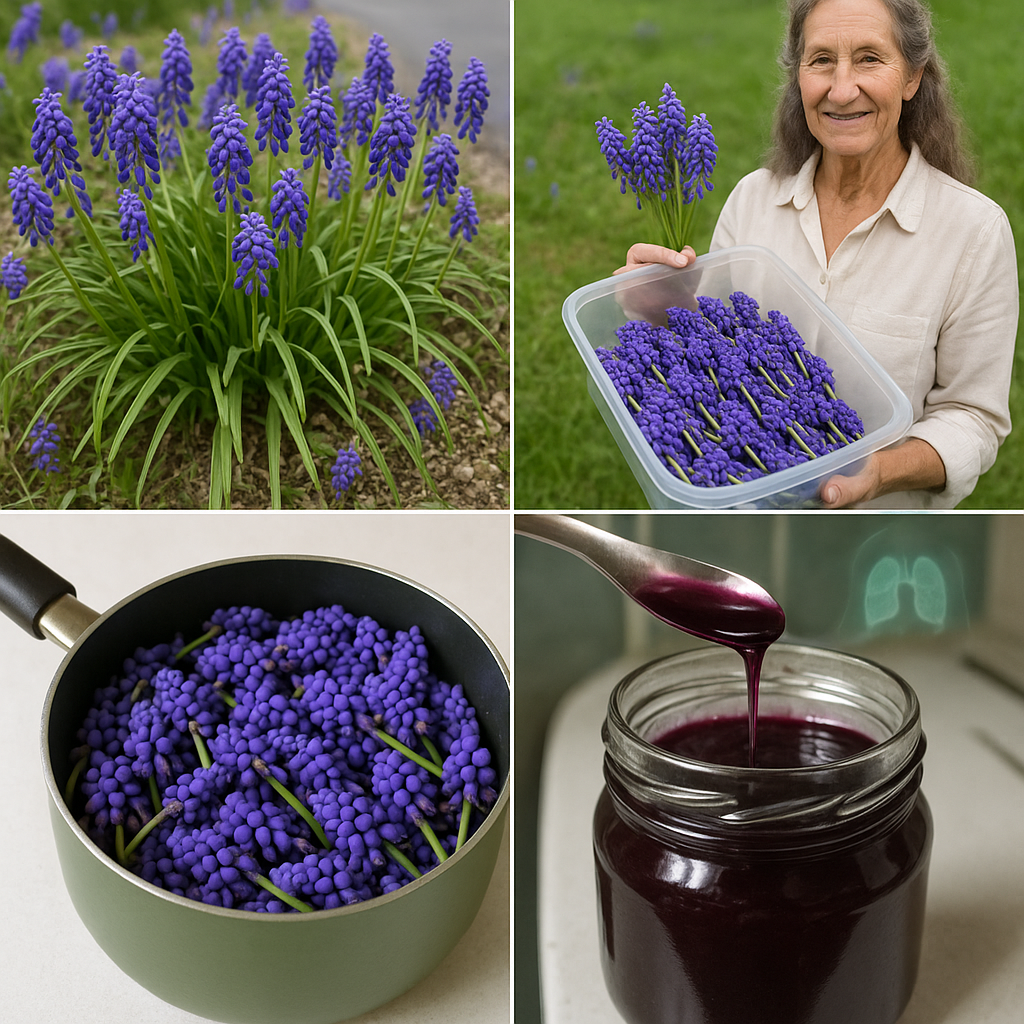
Don’t overlook them when planning your garden or buying your next indoor plant. These tiny blooms offer massive returns in joy, health, and environmental contribution.
🌷 Final Thought
Grape hyacinths are more than springtime ornaments. They’re vibrant, symbolic, and surprisingly functional. If you’re cultivating a life that values both beauty and purpose, this humble flower belongs on your path.
Ready to plant a patch of hope and healing? Let Muscari lead the way.

